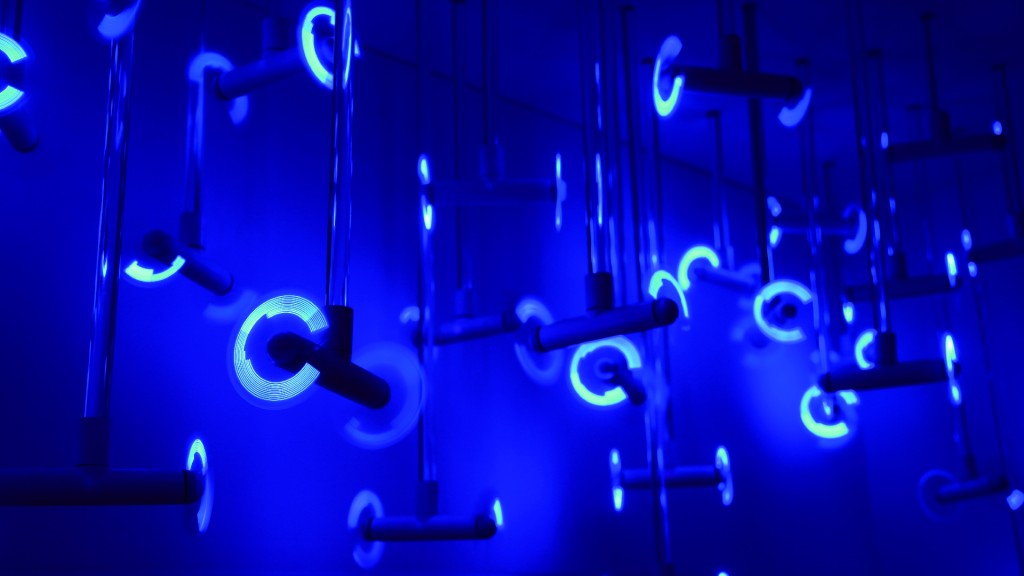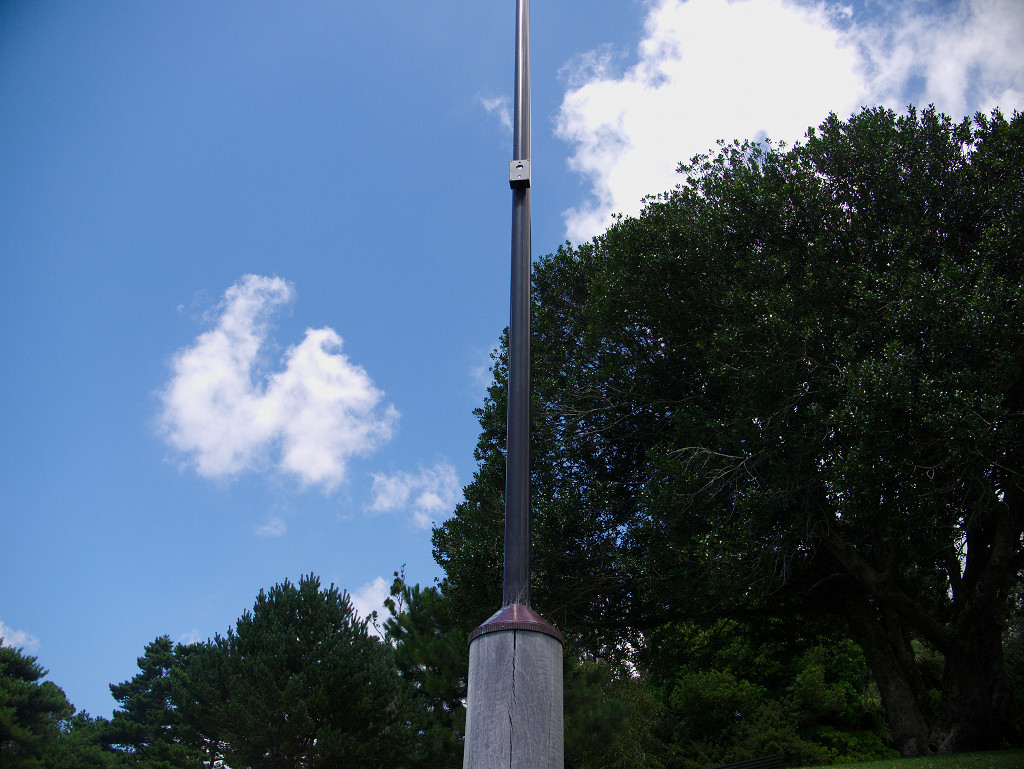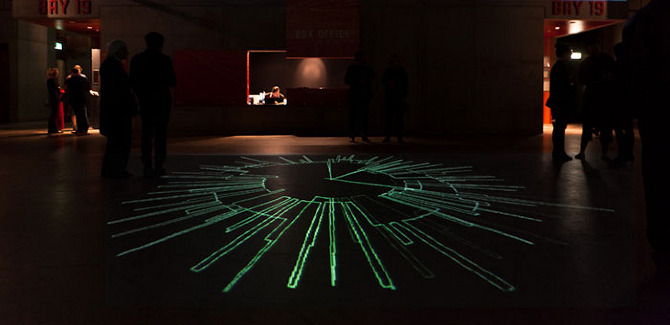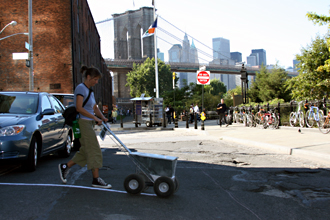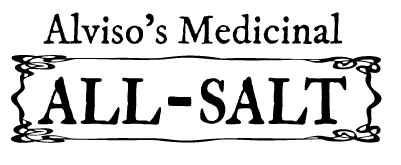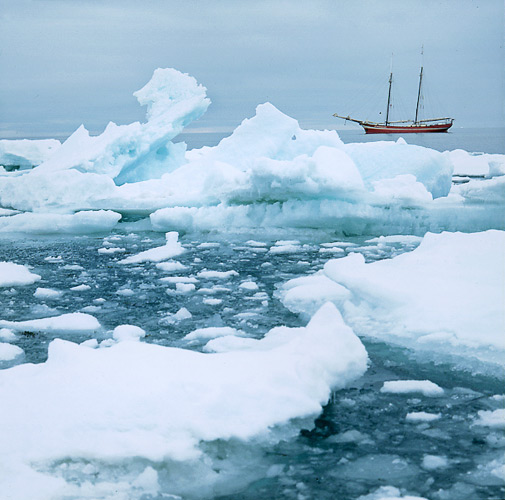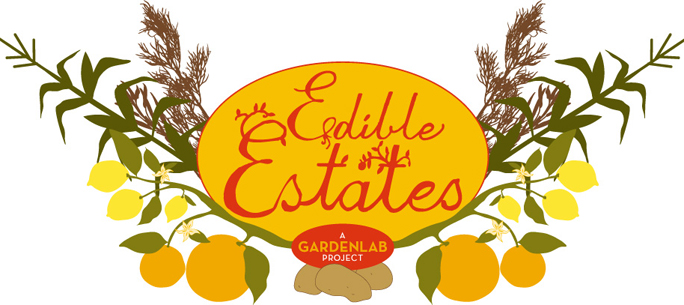Birding the Future
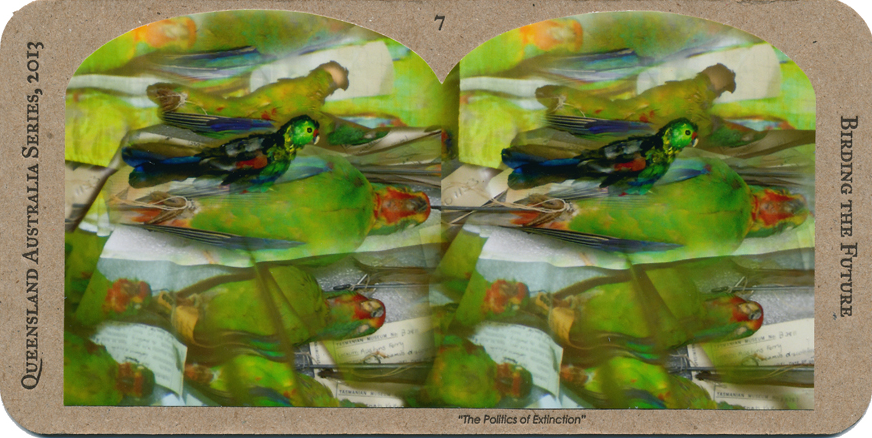
Birding the Future is a sound and stereoscopic installation that brings extinct birds back to life. Reflecting on the role of birds as warning messengers and their disappearance as part of the ‘sixth extinction’, the project asks: “What does it mean that we can only see and hear extinct species through technology? How can traditional ecological knowledge be combined with technological advances to increase awareness of our role in the environment?”

